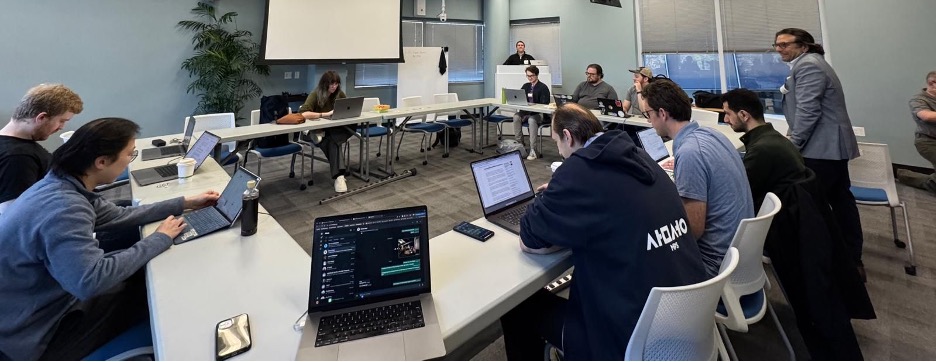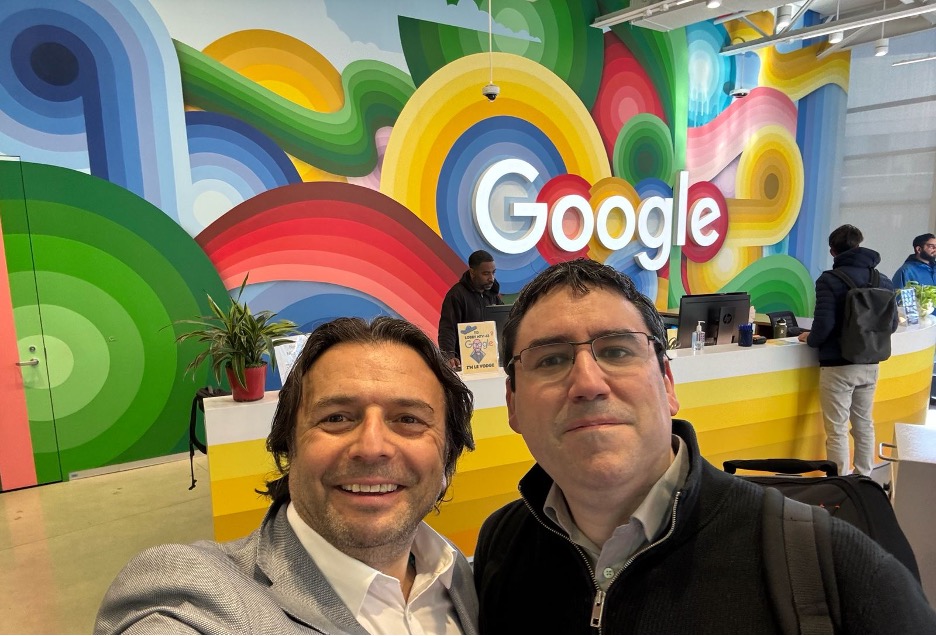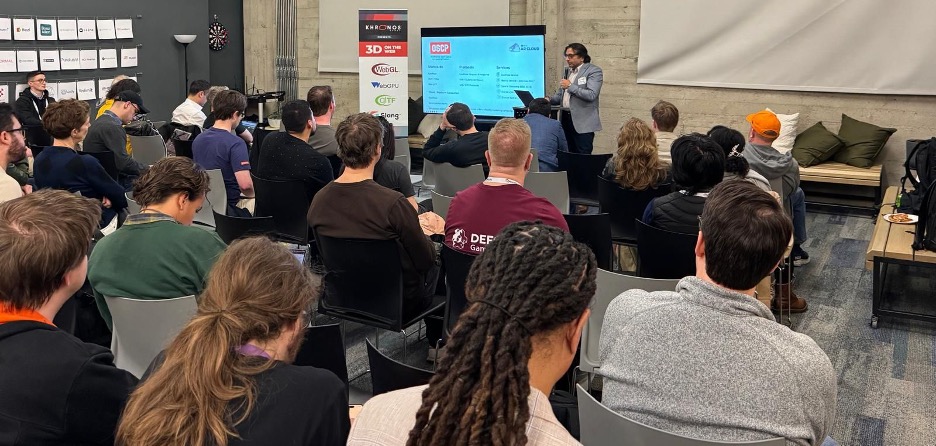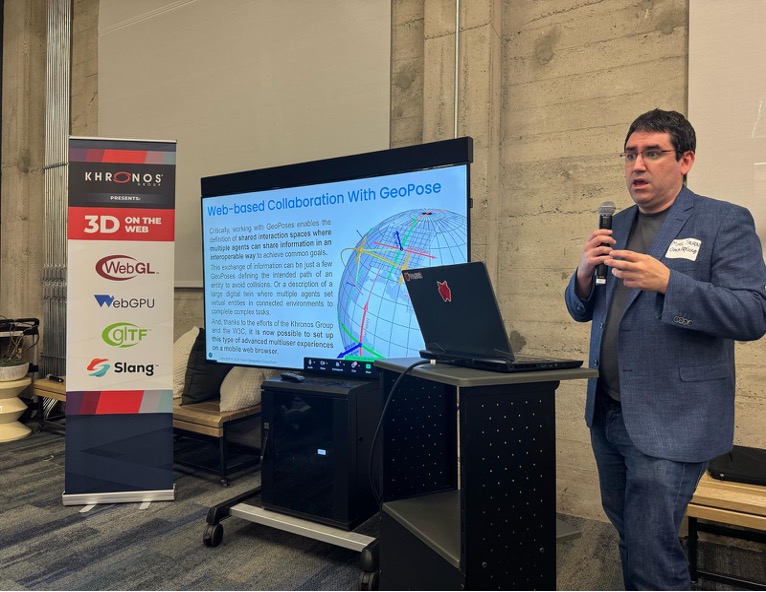Adoption is the best measure of a standard’s value to a community of practitioners and professionals, yet, many times, adoption is slow or fails. Without many implementations across a variety of tools and systems, data interchange standards do not support their objectives to increase innovation and reduce friction when data must be exchanged between proprietary platforms or technology silos.
Driving standards adoption is a multifaceted challenge. First and foremost, those advocating for adoption must establish that the standard meets the requirements of the use cases’ of future adopters. Next, successful adoption requires awareness and education. Low awareness of the value that a standard offers is an issue that has plagued many standards with great potential for impact. The awareness-raising strategies vary, depending on the target audience. Finally, providing clear and concise tools and guides for developers will support those who are interested in or need to implement the standard.
When the members of the GeoPose Standard Working Group (SWG) began collaborating in 2019, we identified requirements in five general purpose use cases. In commercial and open source projects, members of the SWG have repeatedly confirmed that GeoPose 1.0 meets those use case requirements.
We have also performed outreach to increase awareness about GeoPose. In this phase of advocacy, we seek to reach three audiences:
- The end users or developers that want to use GeoPose-compliant tools because they don’t want to (or can’t) be locked into one closed, proprietary system for expressing the geospatially-anchored location and 6DOF orientation of their assets or objects.
- The providers of developer or GIS data management platforms and tools that currently only have proprietary mechanisms for describing the geospatially-anchored location and orientation of a physical or digital object or feature.
- The communities that develop standards that could leverage GeoPose to avoid re-inventing the functions it offers to the adopters of their standards. By normatively referencing GeoPose, the publishers of other standards can bootstrap the value that their standard provides to users.
Meeting with and discussing GeoPose adoption with communities in this third group were the goals of members of the SWG who traveled to the San Francisco Bay Area in mid-March 2025.
W3C Immersive Web Working and Community Groups Meeting
Their first stop was the March 18-19 face-to-face meeting of the W3C Immersive Web Working and Community Groups conducted at Google headquarters in Mountain View. The W3C Immersive Web Working Group and Community Group are responsible for bringing high-performance XR experiences (a concept that groups both virtual and augmented reality applications) (to the open Web via APIs to interact with XR devices and sensors in browsers.
The GeoPose team, led by Mikel Salazar, HCI-3DUI Researcher at the IFE VR Department and Ali C. Hantal, Co-president of Open AR Cloud and CEO of XR Masters, had the privilege of opening the meeting on March 18 with a presentation about GeoPose concepts. Specifically, Mikel is proposing the addition of a WebXR reference space using WGS84 (which is the default for GeoPose Basic). Ali presented OGC’s Geopose and POI standards, demonstrating how they are used to enable an open spatial web platform for both mobile and WebXR clients. He showcased open platform use cases featuring spatially anchored digital content and Points of Interest (POIs), visualized by client software developed by Open AR Cloud and XR Masters. Using GeoPose Basic, both native mobile and WebXR clients were able to view the same digital assets precisely anchored in the real world.

Attendees at the meeting included representatives from Google, Microsoft, Apple Computer, Niantic and Meta.
Team member Nazih Fino, CEO of Global Nomads, also attended the meeting and provided logistical and technical support.

Khronos Group 3D on the Web 2025
The following evening, the GeoPose outreach team attended the Khronos Group 3D on the Web event. The open event attended by over 100 developers, was billed as a “prime networking opportunity for developers, engineers, and industry professionals who are shaping the future of 3D web graphics.”

Once again, the GeoPose outreach team presented about and illustrated the value that this standard can offer to users of Web technologies. In particular, Mikel Salazar focused on explaining the benefits of using GeoPose to unlock the potential use of geospatial data that would, otherwise, be difficult to integrate in normal 3D engines and technologies.

Resources and Recordings
To learn more about GeoPose, please visit the GeoPose portal.
High resolution photos used above: Dropbox
Watch the recordings:
- 3D and Geospatially-aware Collaboration on the Web with OGC GeoPose
- Open Spatial Web Platform for Mobile and Web Clients
A description and video recording of the demonstration are available on this page.
